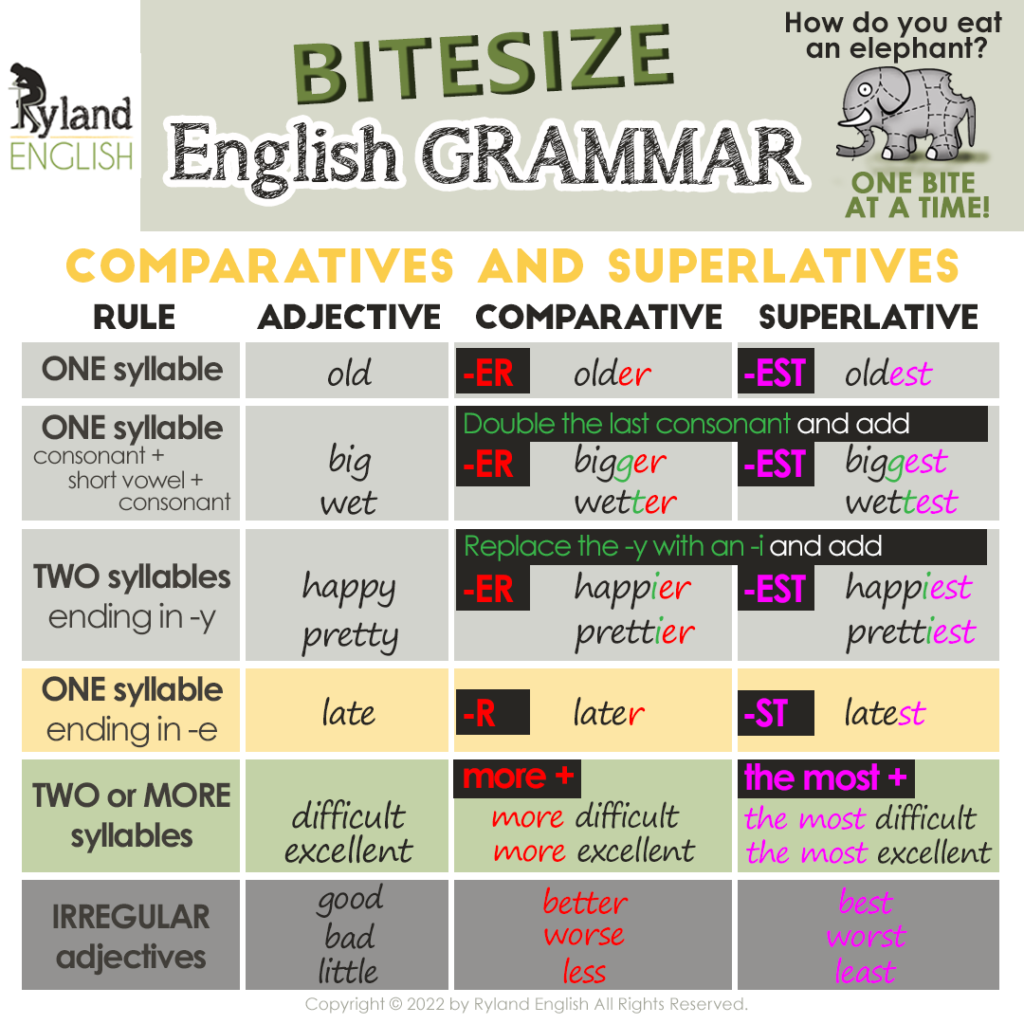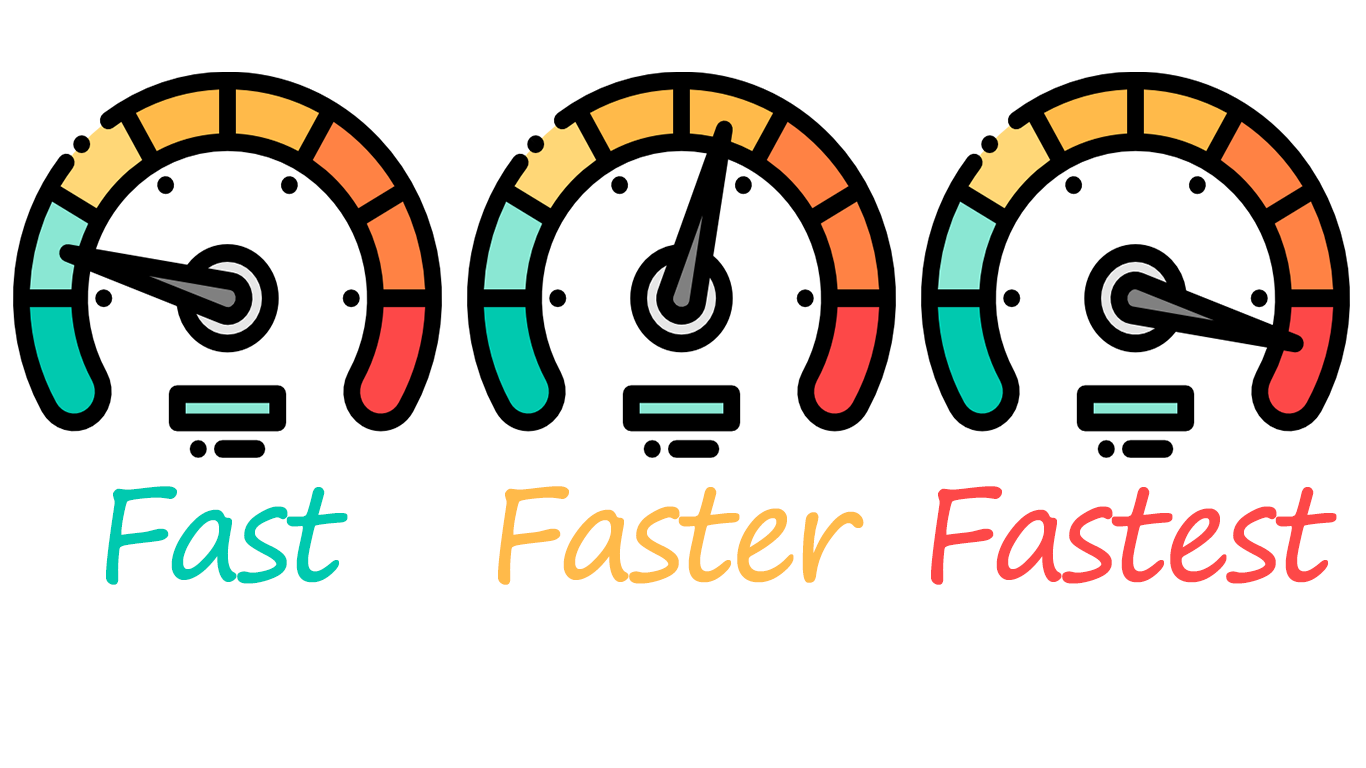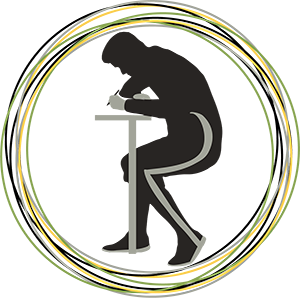
Adjectives describe what something or someone is like; a ‘noun’. They can be difficult with all their rules and exceptions! Let’s explore them together…
There is a bit of a pattern to these rules believe it or not! A lot to do with ease of pronunciation.
But, if it helps you feel better, this is one of those things even native speakers struggle with.
It is not impossible to learn though, so we will help you get there… ready?
Adjectives can be used to compare one thing, or person, to another.
This car is certainly better, but it’s much more expensive.
I’m feeling happier now.
We need a bigger garden.
Comparative and superlative adjectives

The comparative form is the greater or lesser degree of the quality named.
The superlative form is the greatest or least degree of the quality named.
How to use COMPARATIVES and SUPERLATIVES…
We use ‘than‘ when we want to compare one thing with another.
She is two years older than me.
New York is much bigger than Boston.
To describe how something or someone changes we can use 2 comparatives with ‘and‘.
The balloon got bigger and bigger.
Everything is getting more and more expensive.
We often use ‘the‘ with comparative adjectives to show that one thing depends on another.
The faster you drive, the more dangerous it is.
(= When you drive faster, it is more dangerous.)
In general use ‘the‘ with superlative adjectives.
It was the happiest day of my life.
Everest is the highest mountain in the world.
What are the RULES to form them?
Often, the comparative form of an adjective or adverb can be made by adding -er or by placing more (or less) before. The superlative form can be made by adding -est or by placing most (or least) before.
For regular adjectives, the rules depend on how many syllables the word has, but there are some irregular adjectives that do not follow any rules (and, as expected, they are the most common ones!!🙈)

WARNING!!
A SYLLABLE is a unit of sound. More specifically, it is a single segment of uninterrupted sound that is typically produced with a single pulse of air from the lungs.
To tell how many syllables a word has, think about how it is pronounced. Use the CLAPPING METHOD to find out!
👂 listen below 👇
One-syllable
big, full, armed, shrugged
Two-syllable
apple, happy, special, welcome
Three-syllable
cabinet, dangerous, library
One syllable adjectives

We usually add -er and -est to one-syllable words
| long | longer | longest |
| cold | colder | coldest |
One syllable adjectives with a consonant + short vowel + consonant

For one-syllable adjectives that are made up of a consonant, a short vowel, and another consonant, we usually double the consonant and add -er and -est.
| hot | hotter | hottest |
| fat | fatter | fattest |
One syllable adjectives ending in -y

For two-syllable adjectives ending in -y, we usually replace the -y with an -i and add -er and -est.
| easy | easier | easiest |
| friendly | friendlier | friendliest |
One syllable adjectives ending in -e

For one-syllable words adjectives ending in -e, we usually add -r and -st.
| white | whiter | whitest |
| close | closer | closest |
Two or more syllable adjectives

We use more and the most for most two-syllable adjectives and for ALL adjectives with three or more syllables.
| solid | more solid | the most solid |
| important | more important | the most important |
Irregular adjectives

Some adjectives do not follow any rules! There is always an exception to the rule 😆!! Their comparative and superlative forms are different words altogether.
| far | further | furthest |
| much/many | more | the most |
And that is it! It wasn’t too bad after all! 😎
Here you have some online games to help you practice what you have learnt! ENJOY!!
There is a nice collection of comparative and superlative adjectives exercises on this page!!
